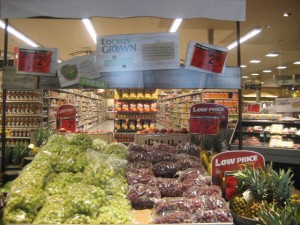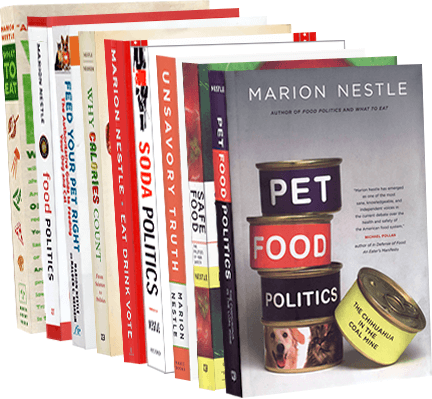Medical costs of obesity
The latest estimate from CDC on the annual cost of obesity: $147 billion. Ordinarily, I don’t take such numbers too seriously because they are based on assumptions that may or may not be correct. But this number has been challenged by so personal an attack on the new head of the CDC, Tom Friedan, that I’m thinking it should be taken seriously.
The attacker is the supposedly independent – but thoroughly industry-sponsored – American Council on Science and Health (ACSH). Here’s the quote from its latest online newsletter:
Frieden’s Crusade Moves to Washington
A study presented on Monday at a CDC obesity meeting determined that obesity-related diseases account for nearly 10 percent of all medical spending in the United States – an estimated $147 billion per year. The study was sanctioned by CDC director Dr. Thomas Frieden, whose partiality to government-interventionist responses to public health concerns is epitomized by his quote: “Reversing obesity is not going to be done successfully with individual effort. It will be done successfully as a society.”
“The reason he hyped this study was to promote more proactive government interventions, including a three cent soda tax,” says ACSH’s Jeff Stier. Dr. Ross adds, “Whenever I see numbers like this – especially when they are being promoted by someone we know is a fan of big government – I suspect that they have been altered or manipulated. Obesity is definitely a health threat, and it will definitely be a burden on our health care system. How much of a burden, we don’t know. But I don’t trust these numbers.”
Well, I don’t trust ACSH. For one thing, just try to figure out who funds them. For another, note the way ACSH invokes science to make its political agenda seem authoritative.
Whatever the real cost of obesity, its consequences will place a considerable burden on our health care system. And it will take societal responsibility as much as – or more than – individual responsibility to deal with the problem.
[Posted from London]







